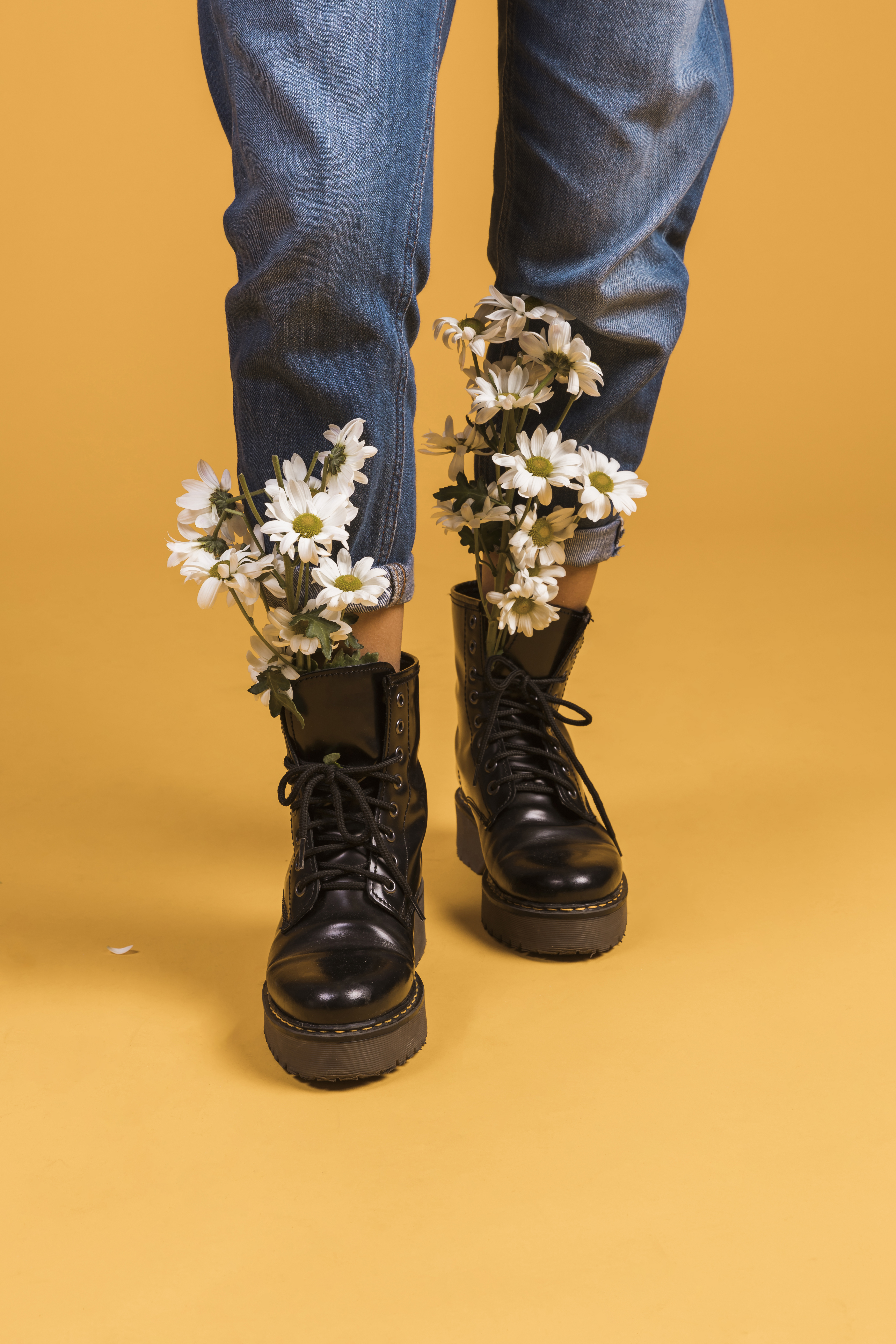Identify the Shoelace Type and Damage
Understand Shoelace Materials
Before repairing a broken shoelace, it's important to understand the type of shoelace and its material. Shoelaces can be made of cotton, polyester, leather, or even elastic. Each of these materials requires a specific repair method. For example, cotton or polyester shoelaces are easier to repair with knots or stitching, while leather shoelaces may require special glue.
Identifying the material will also help you choose the appropriate tools for the repair. For fabric shoelaces, a needle and thread may be sufficient, while for leather shoelaces, specific tools such as crimping pliers may be required. Knowing the material allows you to prepare the right tools and ensure a lasting repair.

Assess the Extent of the Damage
Once you've identified the type of shoelace, assess the extent of the damage. If the shoelace is simply frayed at the end, a quick repair can be made by sealing the end with glue or using a shoelace tip. If the shoelace is broken in two, it will need to be retied with a strong knot or stitching.
Assessing the damage helps determine the most effective repair method. For severely damaged or worn shoelaces, it may be best to replace them completely. However, for minor damage, a simple repair can extend the life of the shoelace.
Shoelace Repair Techniques
Repairing with a Knot
A quick and easy method for repairing a broken shoelace is to use a knot. This technique works well for fabric shoelaces like cotton or polyester.
Steps to repair with a knot:
- Line up the two broken ends of the shoelace.
- Tie a strong knot, such as a fisherman's knot or a surgeon's knot, to connect the ends.
- Tighten the knot firmly and trim off any excess ends if necessary.
This method is effective for temporary repairs and allows you to continue using the shoelaces without having to replace them immediately. However, the knot can create a small bump, which can be uncomfortable in some types of shoes.
Using Shoelace Glue
For a more discreet repair, using special fabric glue can be an effective solution, especially for synthetic laces.
Steps to Repair with Glue:
- Clean the broken ends of the lace to remove any dirt or grease.
- Apply a small amount of glue to each end.
- Press the two ends together firmly and hold them in place until the glue dries.
This method creates a clean, almost invisible repair, ideal for synthetic laces. Make sure the glue is completely dry before reusing the laces to prevent them from retying incorrectly.
Preventing Broken Shoelaces in the Future
Reinforcing Shoelace Ends
One of the main causes of broken shoelaces is frayed ends. To prevent this, reinforce the ends with glue or a lace tip.
Steps to reinforce the ends:
- Apply a small amount of fabric glue to the ends of the laces.
- Allow them to dry completely to form a protective barrier.
- Alternatively, use metal or plastic lace tips to cover and protect the ends.
Reinforcing the ends extends the life of the laces and prevents fraying, reducing the need for frequent repairs.
Use high-quality laces
Another way to prevent broken laces is to invest in high-quality laces. Laces made from durable materials like nylon or leather stand up better to daily wear and tear.
Choose high-quality laces:
- Opt for laces made from sturdy materials like nylon or leather.
- Look for laces with built-in reinforcements or reinforced tips.
- Avoid cheap laces that break easily and require frequent replacement.
Using high-quality laces not only reduces the frequency of repairs but also improves the comfort and durability of your shoes.
By following these tips and techniques, you can not only effectively repair your broken laces, but also extend their lifespan and avoid future hassles. Whether you use a knot, glue, or reinforce the tips, keeping your laces in good condition is essential for the comfort and functionality of your shoes.

